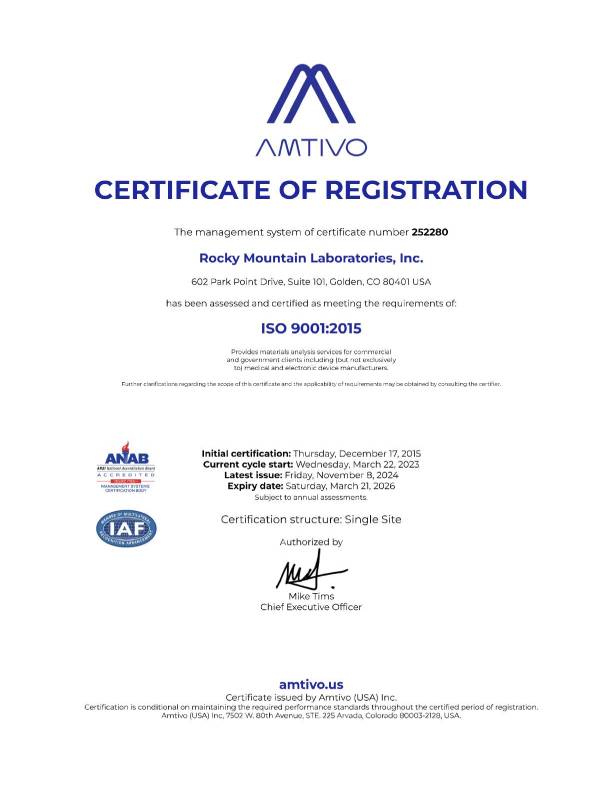Path analysis and structural equation modeling (SEM) are both statistical techniques used in the field of multivariate analysis to examine relationships among variables. While they share similarities, there are some key differences between the two.
- Scope and Complexity:
- Path Analysis: Path analysis is a subset of SEM. It focuses on analyzing direct and indirect relationships between variables in a hypothesized model. Path analysis typically deals with a more straightforward model without latent variables (unobserved variables).
- SEM: Structural equation modeling is a more comprehensive approach that encompasses path analysis. In addition to examining direct and indirect relationships, SEM allows for the incorporation of latent variables, measurement error, and simultaneous estimation of multiple equations. SEM is more flexible and can handle complex models.
- Variables:
- Path Analysis: Typically deals with observed variables only.
- SEM: Can handle both observed and latent variables. Latent variables are unobserved and are inferred from the observed variables.
- Measurement Model:
- Path Analysis: Does not explicitly incorporate a measurement model for latent variables.
- SEM: Includes a measurement model that describes the relationship between latent variables and their observed indicators. This allows for the estimation of the reliability and validity of the measurement instruments.
- Model Fit Assessment:
- Path Analysis: Model fit assessment is less formal and may involve examining the fit of specific paths.
- SEM: Involves more rigorous model fit assessment, including goodness-of-fit indices such as chi-square, Comparative Fit Index (CFI), Root Mean Square Error of Approximation (RMSEA), etc.
- Software:
- Path Analysis: Can be conducted using specialized software for path analysis.
- SEM: Typically requires specialized SEM software, such as LISREL, AMOS, Mplus, or lavaan in R.
In summary, path analysis can be seen as a simplified version of SEM that deals with observed variables and direct relationships, while SEM is a more comprehensive approach that allows for the analysis of both observed and latent variables, incorporating a measurement model and providing more rigorous model fit assessment.



